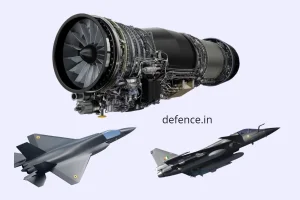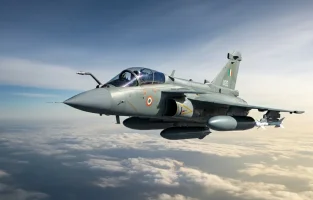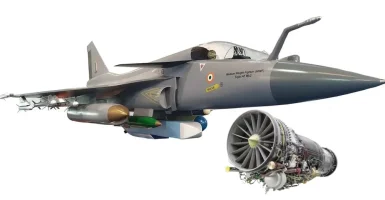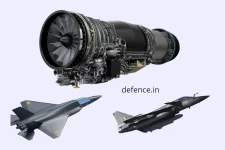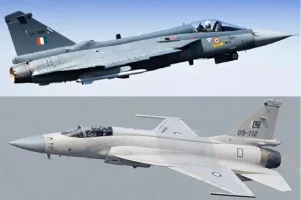- Views: 2K
- Replies: 4
India's next generation of indigenous fighter jets, including the Tejas Mk2 and the futuristic Advanced Medium Combat Aircraft (AMCA), are set to incorporate a groundbreaking software system inspired by modern smartphones.
According to senior officials at the Aeronautical Development Agency (ADA), this new approach will allow for continuous and rapid software updates, ensuring the aircraft remain technologically superior and combat-ready for decades to come.
This revolutionary change moves away from traditional, time-consuming hardware upgrades. Instead, the aircraft will be built on a modular software framework, enabling new capabilities, flight parameters, and weapon systems to be added through updates.
An official from the ADA, the principal designer of these aircraft, explained that this model will function much like the regular software updates received by mobile phones, which introduce new features and improve performance seamlessly.
This agility is critical for keeping pace with the rapid evolution of modern aerial warfare.
A significant advantage of this new architecture is the empowerment of the Indian Air Force (IAF). The system is being designed to allow the IAF to independently perform minor but crucial software modifications.
This will grant air force personnel the ability to tweak mission-critical data, integrate new payloads, or adjust electronic warfare suites without extensive support from the original manufacturer.
This user-driven capability drastically reduces upgrade times and provides unprecedented operational flexibility, allowing the fleet to adapt swiftly to emerging battlefield threats.
For instance, integrating new advanced weaponry, such as the indigenous Astra Mk-3 beyond-visual-range air-to-air missile or the compact BrahMos-NG cruise missile, will become a much simpler software-level task.
This is especially vital for the AMCA, India's ambitious fifth-generation stealth fighter program. The AMCA is being developed with an open-architecture mission computer designed to support features like supercruise, advanced sensor fusion, and artificial intelligence-driven combat systems.
The flexible software will allow the IAF to continuously refine these capabilities and integrate new technologies as they become available.
While this open-system architecture follows a global trend seen in advanced fighters like the American F-35, India's version is being specifically tailored to its own national defence and industrial ecosystem.
The project represents a major collaborative effort between government and private entities, leveraging the expertise of the ADA, Hindustan Aeronautics Limited (HAL), and key private sector partners.
The AMCA programme, which aims to roll out its first prototype by 2026, stands to gain the most from this forward-thinking design.
As a fifth-generation platform, it is expected to incorporate sophisticated technologies like unmanned "loyal wingman" teaming and eventually directed energy weapons.
The modular software backbone is the key that will unlock the potential to integrate these future technologies, cementing the AMCA's role as a formidable pillar of India's air defence for the foreseeable future.

